

- RFQ
- BOM
-
Contact Us
Tel: +86-0755-83501315
Email: sales@sic-components.com
- Chinese
- English
- French
- German
- Portuguese
- Spanish
- Russian
- Japanese
- Korean
- Arabic
- Irish
- Greek
- Turkish
- Italian
- Danish
- Romanian
- Indonesian
- Czech
- Afrikaans
- Swedish
- Polish
- Basque
- Catalan
- Esperanto
- Hindi
- Lao
- Albanian
- Amharic
- Armenian
- Azerbaijani
- Belarusian
- Bengali
- Bosnian
- Bulgarian
- Cebuano
- Chichewa
- Corsican
- Croatian
- Dutch
- Estonian
- Filipino
- Finnish
- Frisian
- Galician
- Georgian
- Gujarati
- Haitian
- Hausa
- Hawaiian
- Hebrew
- Hmong
- Hungarian
- Icelandic
- Igbo
- Javanese
- Kannada
- Kazakh
- Khmer
- Kurdish
- Kyrgyz
- Latin
- Latvian
- Lithuanian
- Luxembou..
- Macedonian
- Malagasy
- Malay
- Malayalam
- Maltese
- Maori
- Marathi
- Mongolian
- Burmese
- Nepali
- Norwegian
- Pashto
- Persian
- Punjabi
- Serbian
- Sesotho
- Sinhala
- Slovak
- Slovenian
- Somali
- Samoan
- Scots Gaelic
- Shona
- Sindhi
- Sundanese
- Swahili
- Tajik
- Tamil
- Telugu
- Thai
- Ukrainian
- Urdu
- Uzbek
- Vietnamese
- Welsh
- Xhosa
- Yiddish
- Yoruba
- Zulu
- Kinyarwanda
- Tatar
- Oriya
- Turkmen
- Uyghur
Rail-To-Rail Output Amplifiers: A Comprehensive Guide
In the realm of analog electronics, amplifiers serve as fundamental building blocks, enabling the processing and amplification of weak signals for a wide range of applications. Among the various types of amplifiers, rail-to-rail output amplifiers have gained significant prominence due to their unique ability to drive signals close to the power supply rails. This characteristic makes them indispensable in modern electronic systems where efficiency, dynamic range, and low voltage operation are critical. This article provides a comprehensive overview of rail-to-rail output amplifiers, exploring their design principles, operating characteristics, advantages, limitations, and applications.
What is a Rail-To-Rail Output Amplifier? https://www.sic-components.com/amplifiers
A rail-to-rail output amplifier is an operational amplifier (op-amp) or instrumentation amplifier designed such that its output voltage can swing from near the negative power supply rail (V₋) to near the positive power supply rail (V₊). Unlike traditional amplifiers, which typically have an output voltage range limited to several volts below V₊ and above V₋, rail-to-rail output amplifiers maximize the usable dynamic range by minimizing the "headroom" required between the output signal and the supply rails.
The term "rail-to-rail" specifically refers to the output stage's capability, though some amplifiers also feature rail-to-rail input stages. For the purpose of this article, we focus on the output stage characteristic, which is the defining feature of these amplifiers.
Key Design Principles
The ability of rail-to-rail output amplifiers to swing close to the supply rails stems from innovative output stage designs. Traditional op-amps use a complementary emitter follower output stage (in bipolar designs) or a similar configuration with MOSFETs, which inherently limits the output swing due to the voltage drops across the output transistors (e.g., the base-emitter voltage (VBE) in bipolar devices or the threshold voltage (VTH) in MOSFETs).
Rail-to-rail output stages overcome this limitation through two primary design approaches:
1. Complementary Common-Source/Common-Emitter Stages
This design uses a pair of complementary transistors (N-channel and P-channel MOSFETs, or NPN and PNP bipolar transistors) configured in a common-source or common-emitter topology. Unlike emitter followers, these configurations do not require a voltage drop equal to VBE or VTH to maintain conduction. Instead, the transistors are biased to operate in the saturation region (MOSFETs) or active region (bipolar), allowing the output to swing within tens of millivolts of the supply rails.
2. Dynamic Biasing
To ensure linearity across the entire output range, rail-to-rail amplifiers often employ dynamic biasing techniques. This adjusts the bias current of the output transistors based on the output voltage, ensuring that both complementary devices remain in their active regions even as the output approaches either rail. This prevents crossover distortion, which can occur when one transistor turns off and the other turns on during signal transitions.
3. CMOS Technology Advantage
Most rail-to-rail output amplifiers are implemented using CMOS (Complementary Metal-Oxide-Semiconductor) technology. CMOS transistors have lower threshold voltages compared to bipolar devices, and their symmetrical characteristics (N-channel and P-channel) simplify the design of output stages that can swing close to both rails. Additionally, CMOS technology offers low power consumption, making it ideal for battery-powered applications.
Operating Characteristics
Output Voltage Swing
The primary specification of a rail-to-rail output amplifier is its output voltage range. Typically, these amplifiers can swing to within 10mV to 100mV of both supply rails under light loads (e.g., 1kΩ). Under heavier loads (e.g., 100Ω), the swing may be slightly reduced due to voltage drops across the output transistors' on-resistance (RDS(on) for MOSFETs). Manufacturers specify this parameter as "output voltage swing" in their datasheets, often under different load conditions.
Supply Voltage Range
Rail-to-rail output amplifiers are designed to operate over a wide range of supply voltages, from as low as 1.8V (for low-power applications) up to 36V or higher (for industrial systems). This flexibility makes them suitable for both battery-powered devices (e.g., 3V or 5V) and line-powered equipment.
Output Current
The maximum output current a rail-to-rail amplifier can deliver depends on its design. Small-signal rail-to-rail op-amps may provide a few milliamps (mA), while power amplifiers in this category can deliver several amps. This makes them suitable for applications ranging from signal conditioning (low current) to driving transducers or small motors (higher current).
Linearity and Distortion
Maintaining linearity across the entire output range is critical for high-fidelity applications. Rail-to-rail amplifiers are designed to minimize total harmonic distortion (THD), typically achieving THD levels below 0.1% for audio frequencies. However, distortion may increase slightly as the output approaches the rails, especially in designs with simplified output stages.
Bandwidth and Slew Rate
Rail-to-rail output amplifiers are available in a range of bandwidths, from low-frequency (audio) to high-frequency (RF) applications. Slew rate, which measures how fast the output can change (in V/µs), is also a key parameter, with high-speed rail-to-rail amplifiers offering slew rates in excess of 100V/µs.
Advantages of Rail-To-Rail Output Amplifiers
1. Maximized Dynamic Range
By utilizing the full supply voltage range, rail-to-rail output amplifiers maximize the dynamic range of the signal. This is particularly important in low-voltage systems, where the supply voltage is limited (e.g., 3V), as it ensures that weak signals can be amplified to their full potential without clipping.
2. Compatibility with Low-Voltage Systems
As electronic devices trend toward lower supply voltages (to reduce power consumption), rail-to-rail output amplifiers become essential. They enable signal processing in systems powered by 1.8V, 2.5V, or 3.3V supplies, where traditional amplifiers would have insufficient output swing to be useful.
3. Improved Efficiency
By swinging close to the supply rails, rail-to-rail amplifiers reduce the power wasted as heat in the output stage. This is because the voltage drop across the output transistors is minimized, leading to higher efficiency—critical for battery-powered devices where energy conservation is paramount.
4. Simplified System Design
In systems where the signal must interface with digital components (e.g., ADCs or microcontrollers), rail-to-rail output amplifiers can drive signals to the full input range of these devices. This eliminates the need for level-shifting circuits, reducing component count and design complexity.
Limitations and Considerations
1. Crossover Distortion
While dynamic biasing helps mitigate crossover distortion, it may not eliminate it entirely. When the output signal crosses the midpoint between the rails, the bias current transitions from one transistor to the other, potentially introducing small nonlinearities. This is more pronounced in amplifiers with aggressive power-saving features.
2. Load Dependence
The output swing of rail-to-rail amplifiers is load-dependent. Heavier loads (lower resistance) cause larger voltage drops across the output transistors, reducing the maximum swing. Designers must ensure that the amplifier’s output current capability matches the load requirements.
3. Noise Performance
Some rail-to-rail output amplifiers exhibit higher noise levels compared to traditional amplifiers, especially near the rails. This is due to the complex biasing circuits and the use of smaller transistors (in CMOS designs) to achieve rail-to-rail operation. For low-noise applications (e.g., audio preamplifiers), specialized low-noise rail-to-rail amplifiers are available.
4. Input Stage Limitations
While the output stage is rail-to-rail, the input stage of many rail-to-rail output amplifiers may not have the same capability. If the input signal also needs to swing close to the rails, a rail-to-rail input/output (RRIO) amplifier is required. Using a rail-to-rail output amplifier with a limited input range can lead to clipping of the input signal.
5. Stability Issues
Rail-to-rail output stages can introduce stability challenges, particularly when driving capacitive loads. The output transistors’ parasitic capacitances, combined with load capacitance, may cause oscillation. Many rail-to-rail amplifiers include internal compensation to ensure stability, but external compensation components (e.g., resistors or capacitors) may be required for specific load conditions.
Applications
Rail-to-rail output amplifiers are versatile components used in a wide range of applications, including:
1. Portable and Battery-Powered Devices
In smartphones, tablets, and wearable electronics, rail-to-rail amplifiers are used for signal conditioning in sensors (e.g., accelerometers, gyroscopes) and audio amplification. Their low-voltage operation and high efficiency extend battery life.
2. Industrial Automation
In industrial systems, rail-to-rail amplifiers drive transducers (e.g., pressure sensors, thermocouples) and interface with ADCs. Their ability to swing close to the rails ensures that small sensor signals are amplified to utilize the full range of the ADC, improving measurement accuracy.
3. Audio Electronics
Audio amplifiers in portable speakers, headphones, and home theater systems benefit from rail-to-rail output stages, which maximize the audio dynamic range and reduce distortion. Low-noise rail-to-rail op-amps are used in preamplifiers and equalizers.
4. Medical Devices
Medical equipment such as patient monitors and portable diagnostic tools rely on rail-to-rail amplifiers to process weak biological signals (e.g., ECG, EEG). Their low power consumption and wide dynamic range are critical for battery-powered, portable devices.
5. Automotive Electronics
In automotive systems, rail-to-rail amplifiers are used in sensor interfaces (e.g., oxygen sensors, pressure sensors) and infotainment systems. They operate reliably over the wide supply voltage variations (9V to 16V) common in vehicles.
6. Data Acquisition Systems
Rail-to-rail output amplifiers are integral to data acquisition systems, where they amplify analog signals before digitization by ADCs. By utilizing the full ADC input range, they improve the signal-to-noise ratio (SNR) and measurement resolution.
Popular Rail-To-Rail Output Amplifier Models
Several manufacturers offer rail-to-rail output amplifiers, each optimized for specific applications. Some popular models include:
Texas Instruments OPA333: A low-power, 1.8V to 5.5V rail-to-rail output op-amp with low noise, ideal for portable devices.
Analog Devices AD8221: A rail-to-rail output instrumentation amplifier with high common-mode rejection, suitable for precision sensor applications.
Microchip MCP6001: A low-cost, rail-to-rail output op-amp with wide supply voltage range (2.7V to 5.5V), popular in consumer electronics.
STMicroelectronics TSV914: A quad rail-to-rail output op-amp with high slew rate, designed for high-speed applications.
Conclusion
Rail-to-rail output amplifiers have revolutionized analog circuit design by enabling full utilization of the supply voltage range, particularly in low-voltage systems. Their ability to swing close to both power rails maximizes dynamic range, improves efficiency, and simplifies interface with digital components. While they have limitations—such as load-dependent output swing and potential crossover distortion—these can be mitigated through careful selection and design.
As electronic systems continue to trend toward lower voltages and higher integration, rail-to-rail output amplifiers will remain essential components, enabling innovation in portable devices, industrial automation, medical equipment, and beyond. By understanding their design principles, characteristics, and applications, engineers can leverage these amplifiers to create more efficient, compact, and high-performance analog systems.
https://www.sic-components.com/amplifiers
https://www.ti.com/lit/pdf/sloa039#:~:text=Operational%20amplifiers%20with%20rail%2Dto,results%20in%20increased%20dynamic%20range.
https://www.ti.com/lit/pdf/sloa039

Hot Products
View MoreRelated Blogs

2000+
Daily average RFQ Volume

30,000,000
Standard Product Unit

2800+
Worldwide Manufacturers

15,000 m2
In-stock Warehouse



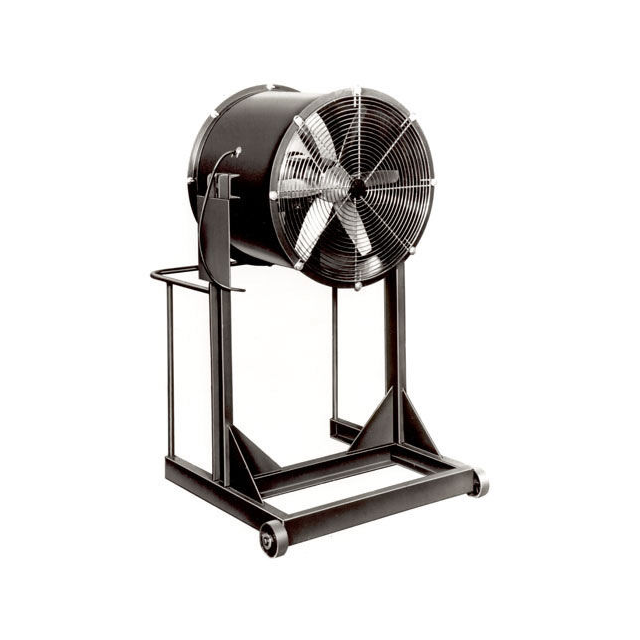
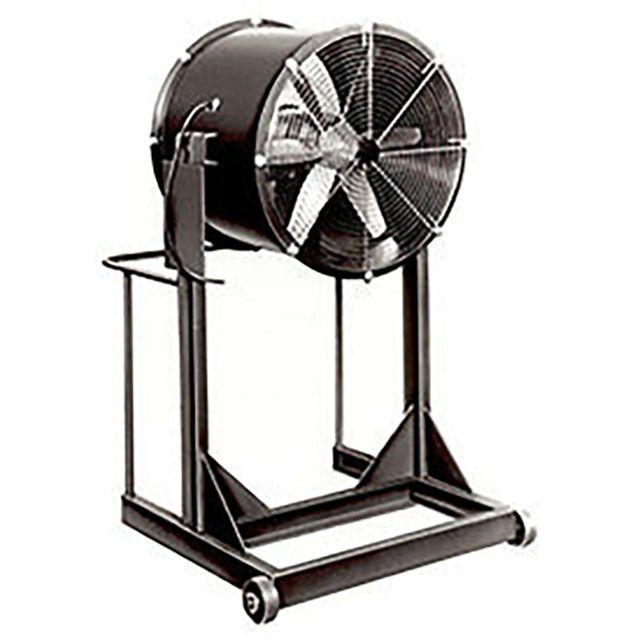
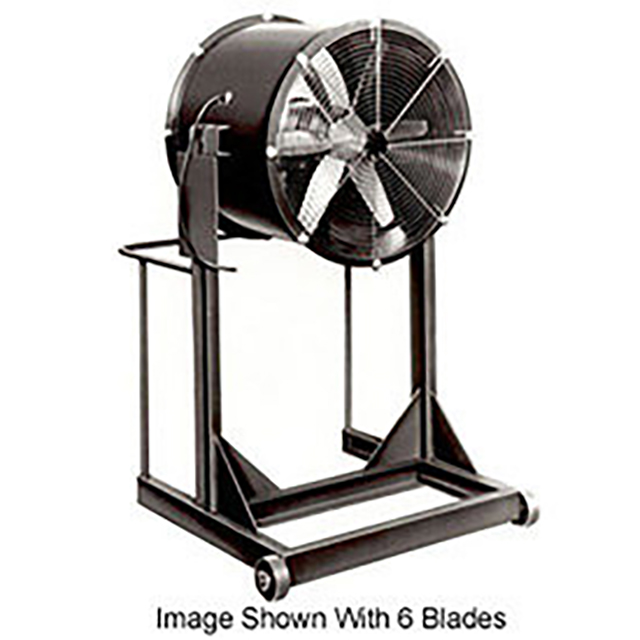
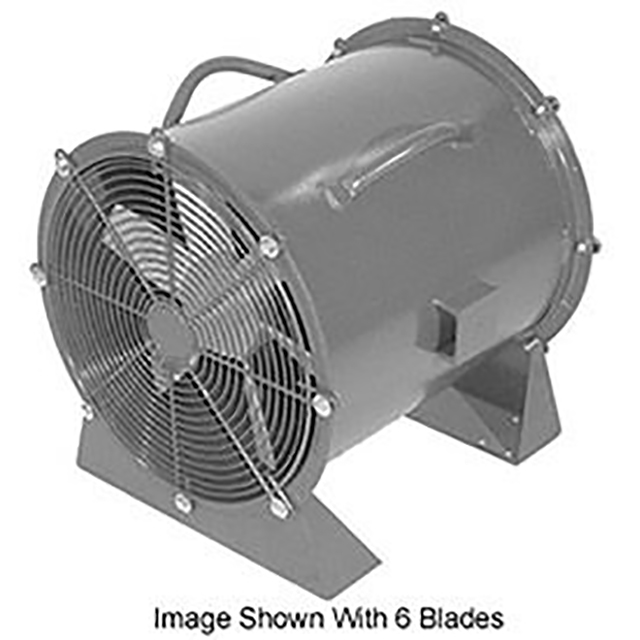
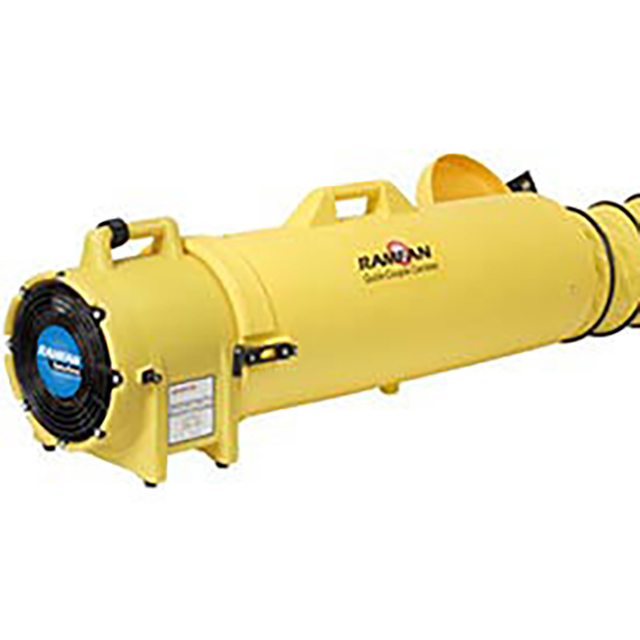
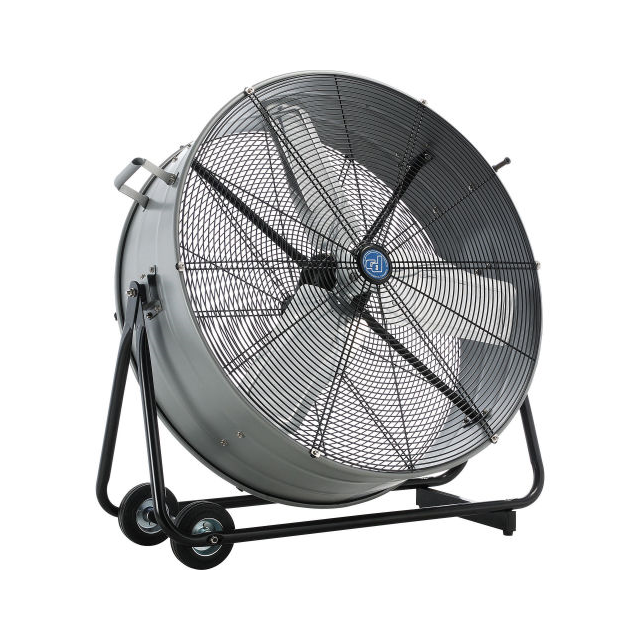
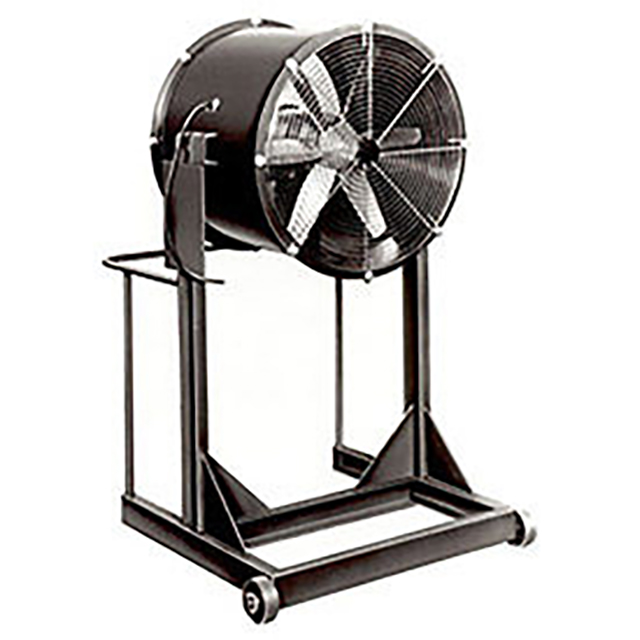
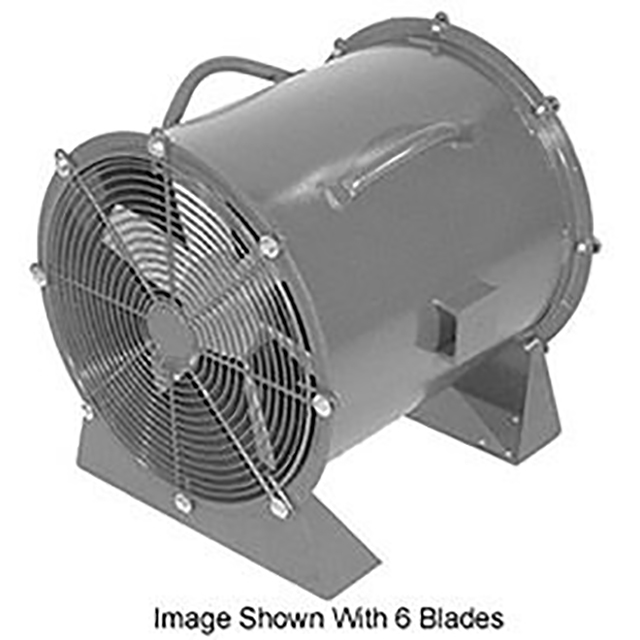
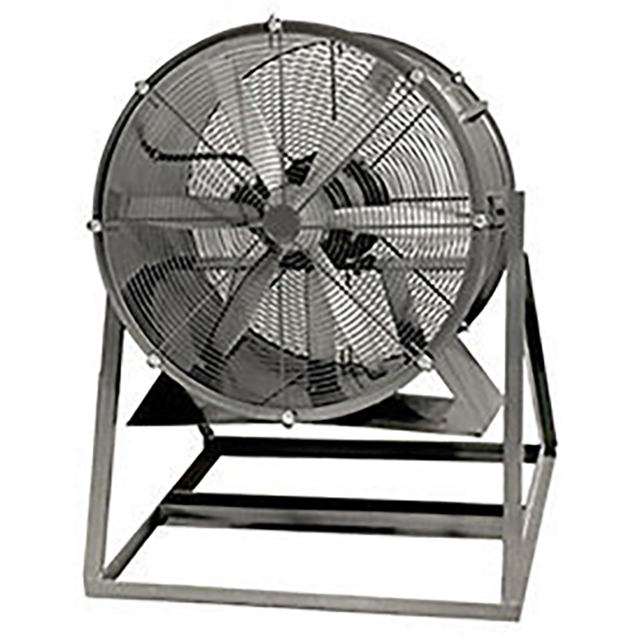
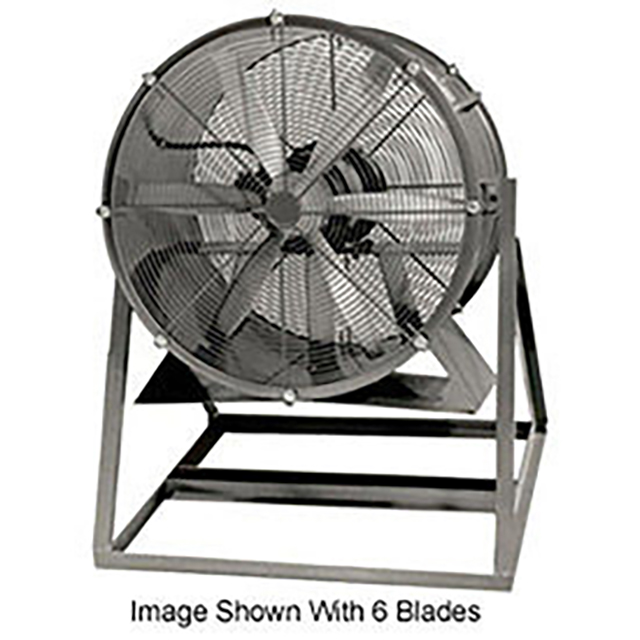
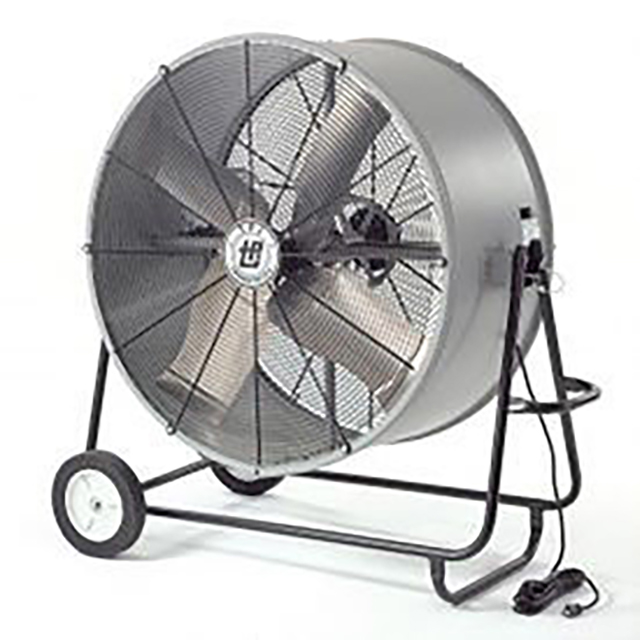
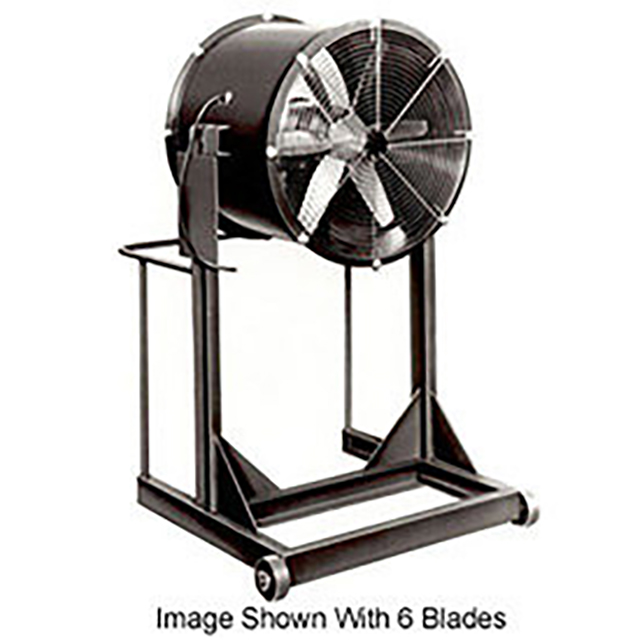
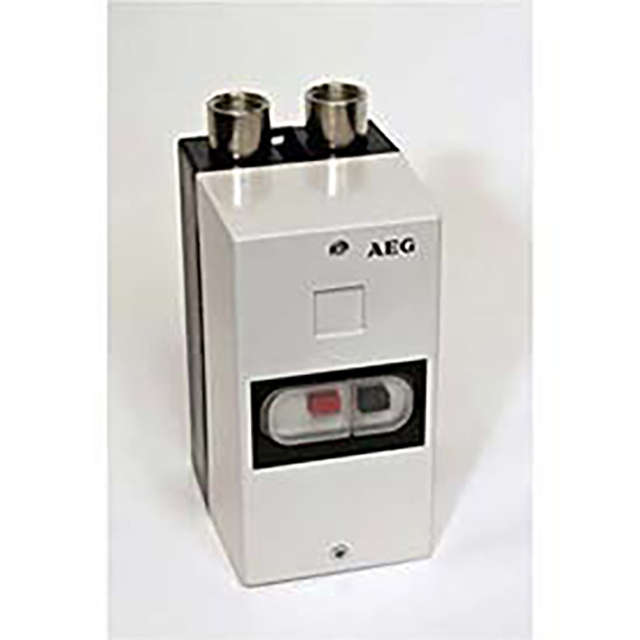
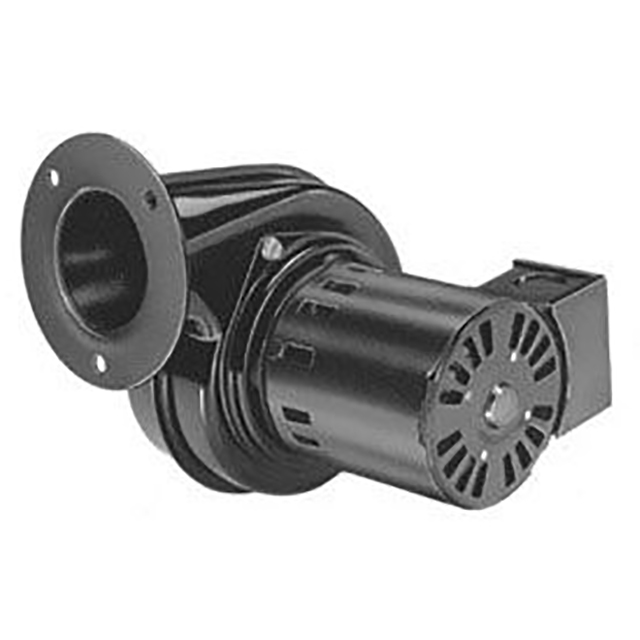
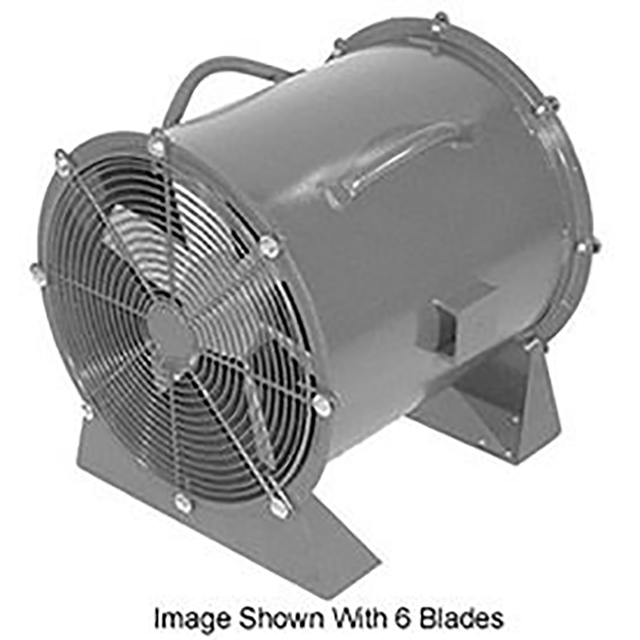
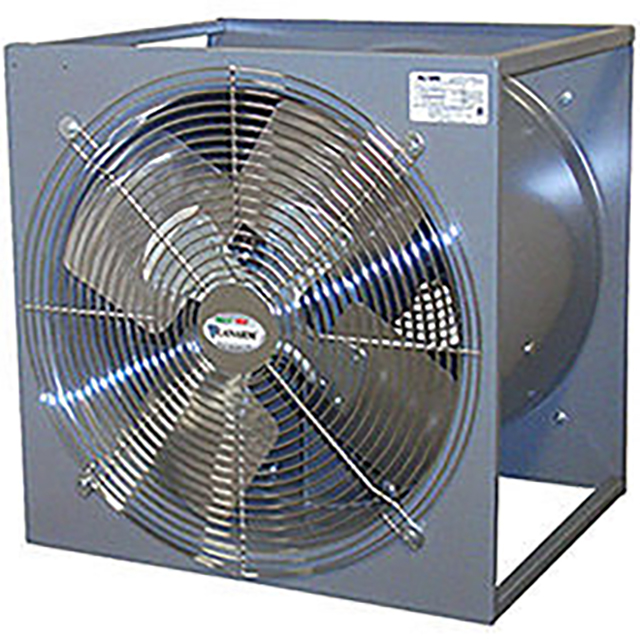
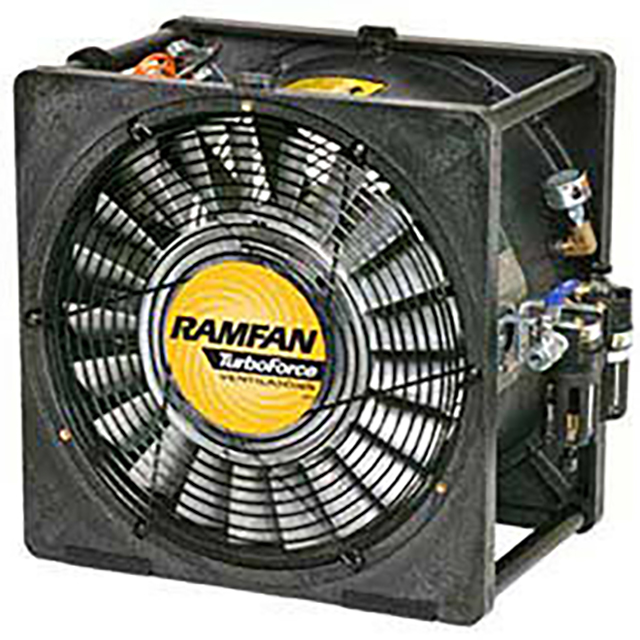
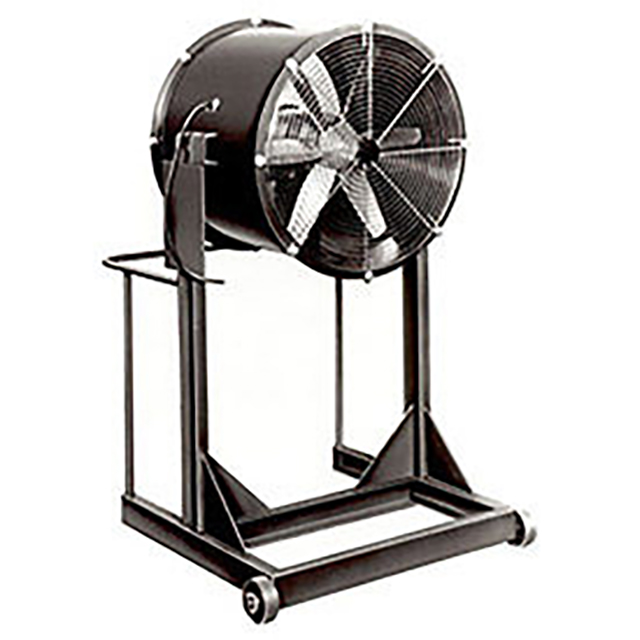

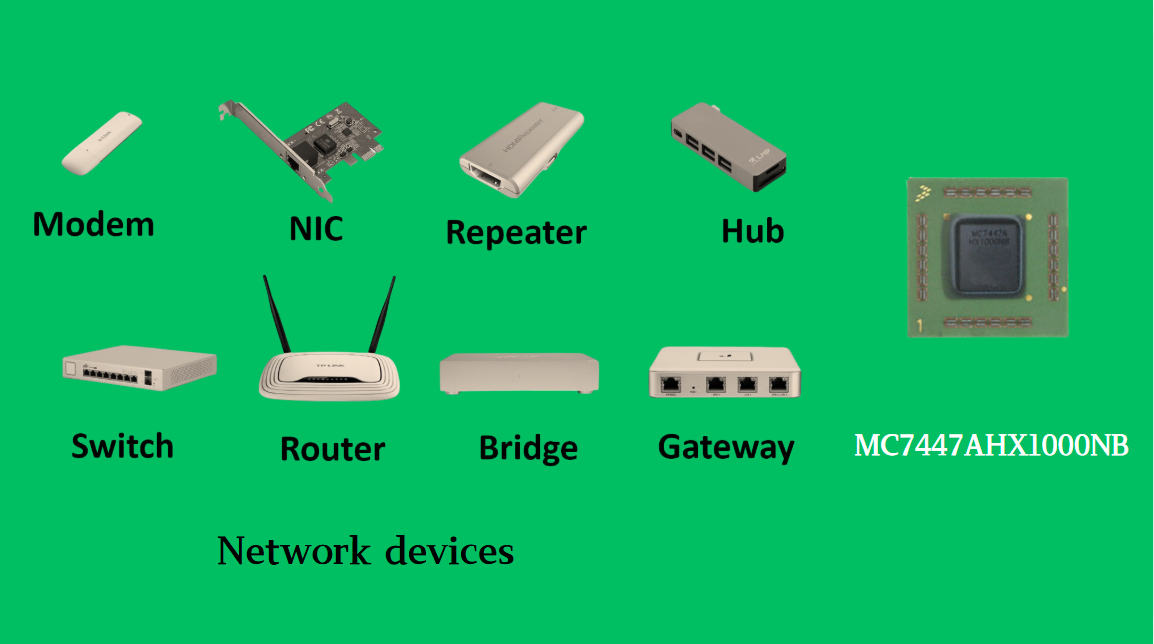








 Wishlist (0 Items)
Wishlist (0 Items) 